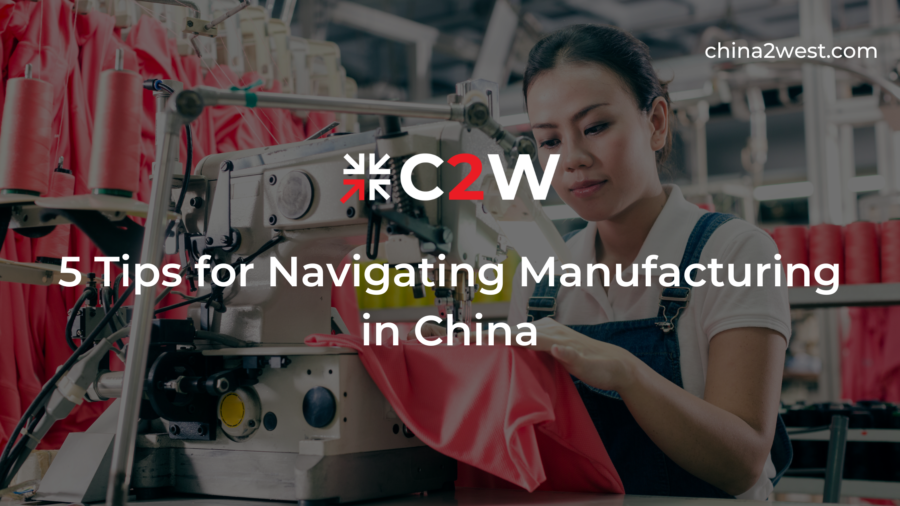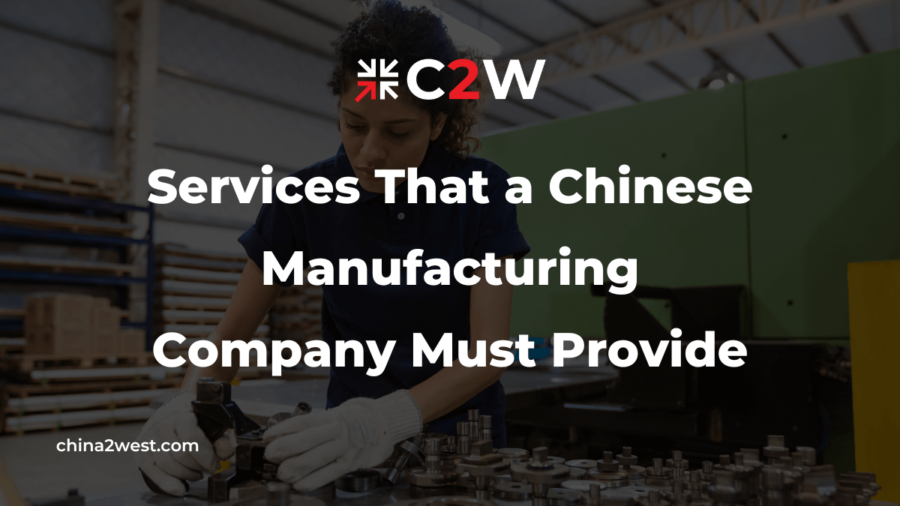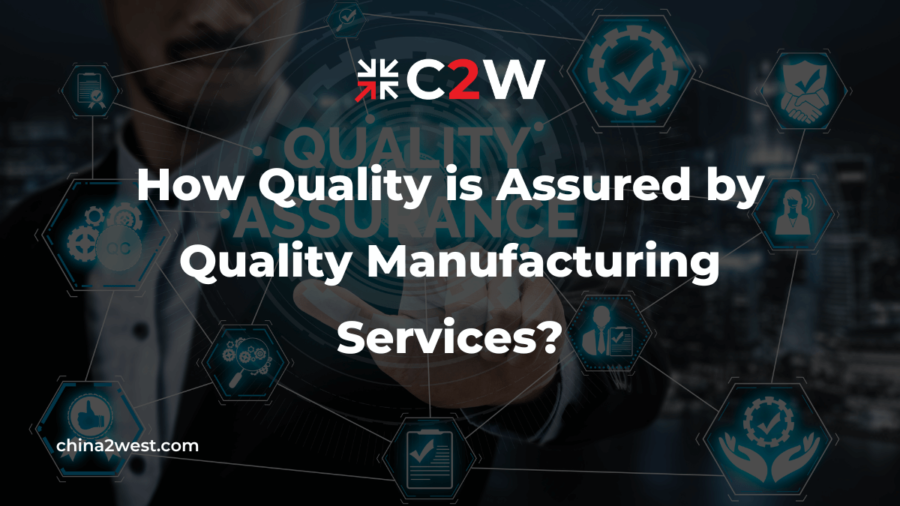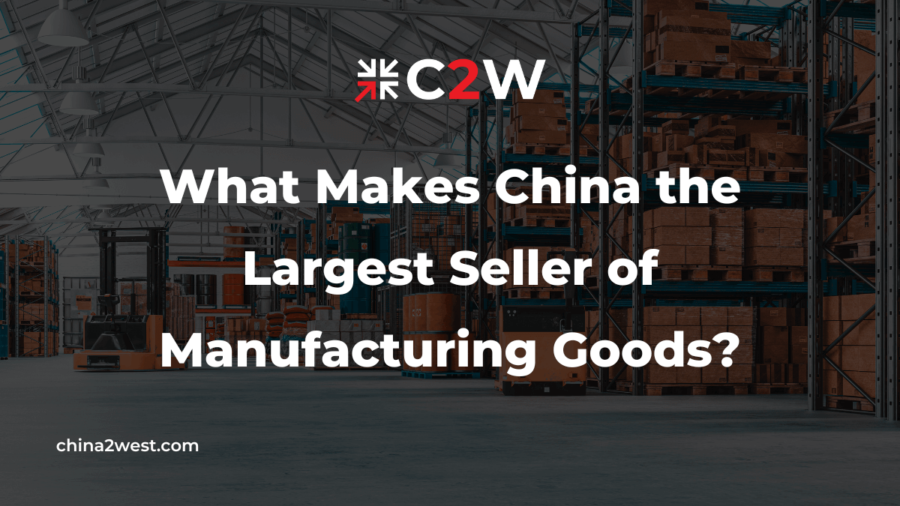As your business becomes more complex, so will the number of moving parts needed to bring your products to market. If you’re ready to take on manufacturing in China, there are a few things you should know about how it works before you dive in headfirst. Some companies rely solely on manufacturers to assemble their products, but others choose to take on this task themselves. In this article, we’ll discuss five tips for navigating manufacturing in China from start to finish, including how to find the right manufacturers and what work may be outside your skill set as an entrepreneur or business owner.
1) Understand the difference between factory and manufacturer
Many businesses even to this day still don’t know how to choose a manufacturer. The difference between manufacturer and factory is important, especially when you’re getting ready to get started with your project. When it comes down to it, manufacturing refers specifically to producing things and making them as efficiently as possible—this is what factories do. Manufacturers are also responsible for actually designing parts or entire products so that manufacturers can use them during assembly. The relationship between factory and manufacturer can be confusing because a single manufacturing plant will often have multiple factories working within it—each of which makes a different product.
In fact, many people confuse manufacturers with factories because they both design and produce goods. However, there are key differences: Factories usually specialize in one type of product while manufacturers produce all kinds of items. This means that they typically focus on efficiency and productivity while factories tend to focus more on quality control and cost-effectiveness. In short: Factories make individual components while manufacturers combine those components into finished products (such as electronics). When it comes time to start production on your own product, you should keep these definitions in mind so that you know who you should work with at each stage of the process.
2) Decide if you need a sourcing agent or not
Sometimes it makes sense to engage a sourcing agent. Sourcing agents are third-party companies that facilitate communication between foreign buyers and Chinese factories. They can be useful if you’re new to importing, as they often have industry expertise and contacts with overseas suppliers. When working with an agent, keep in mind that you’ll usually need to pay them out of your own pocket—often about certain percent of your total order value or a flat fee—and let them take responsibility for finding factories that fit your needs and goals. Otherwise, it’s possible you could end up dealing with substandard or untrustworthy suppliers.
3) Choose your logistics option carefully
There are basically three ways to get your products from China to you. There’s ocean freight, which is basically a giant shipping container filled with all of your inventory; air freight, which is basically a giant shipping container with fewer boxes that travels via plane; and finally, there’s ground transportation, like ships or trucks that travel across land. The ideal option largely depends on how much time you have before you need to receive your product and how much it weighs. For example, if it takes six weeks and five days until you’re supposed to deliver products but there are delays caused by bad weather or bad bridges along ground transportation routes, consider choosing an option that allows more flexibility. Of course, choose whatever sounds best based on those factors and their lead time.
At many stages, your project should be scheduled using a critical path method. You should have a baseline time estimate for each step you need to complete, and plan out all of those steps so that they can be completed in less time if there are delays. This can help you finish assembly faster if there are any bottlenecks or setbacks along the way. When scheduling your project, also give yourself some leeway as you might want to incorporate unexpected delays that happen more often than not. For example, perhaps your container has to stop because of inclement weather at sea and needs to wait at port until conditions improve; maybe trucks are delayed because of road work on roads with lots of traffic.
4) Dealing with Bureaucracy
While dealing with local bureaucracy can be difficult, don’t let it intimidate you. Before doing anything else, find out who you need to talk to and what they expect of you. Make a list of all important documents you need, whether from previous steps or just so that you have them on hand. This step is a lot easier if someone back home (like your outsourced accountant) prepares these ahead of time; if not, ask an English-speaking friend for help translating any necessary documents. You may also want to consider hiring a Chinese attorney to help with some parts of the process.
5) Finding a manufacturing partner
Before you even think about sending over CAD files or signing a contract, it’s important to do your homework. The manufacturing market is rife with counterfeits and scams, so don’t be afraid to contact multiple vendors before making a decision. Be sure to ask if they have certain certifications and look them up on government sites like Alibaba. Also take a close look at their previous projects. If they don’t have any, that might be a red flag; factories with no work history probably don’t have an impressive portfolio because they don’t have experience yet.
C2W is your option. We speak both languages and are well-versed in both cultures, as we are British-found and based in China with over 17 years of manufacturing experience there. Contact us if interested!




